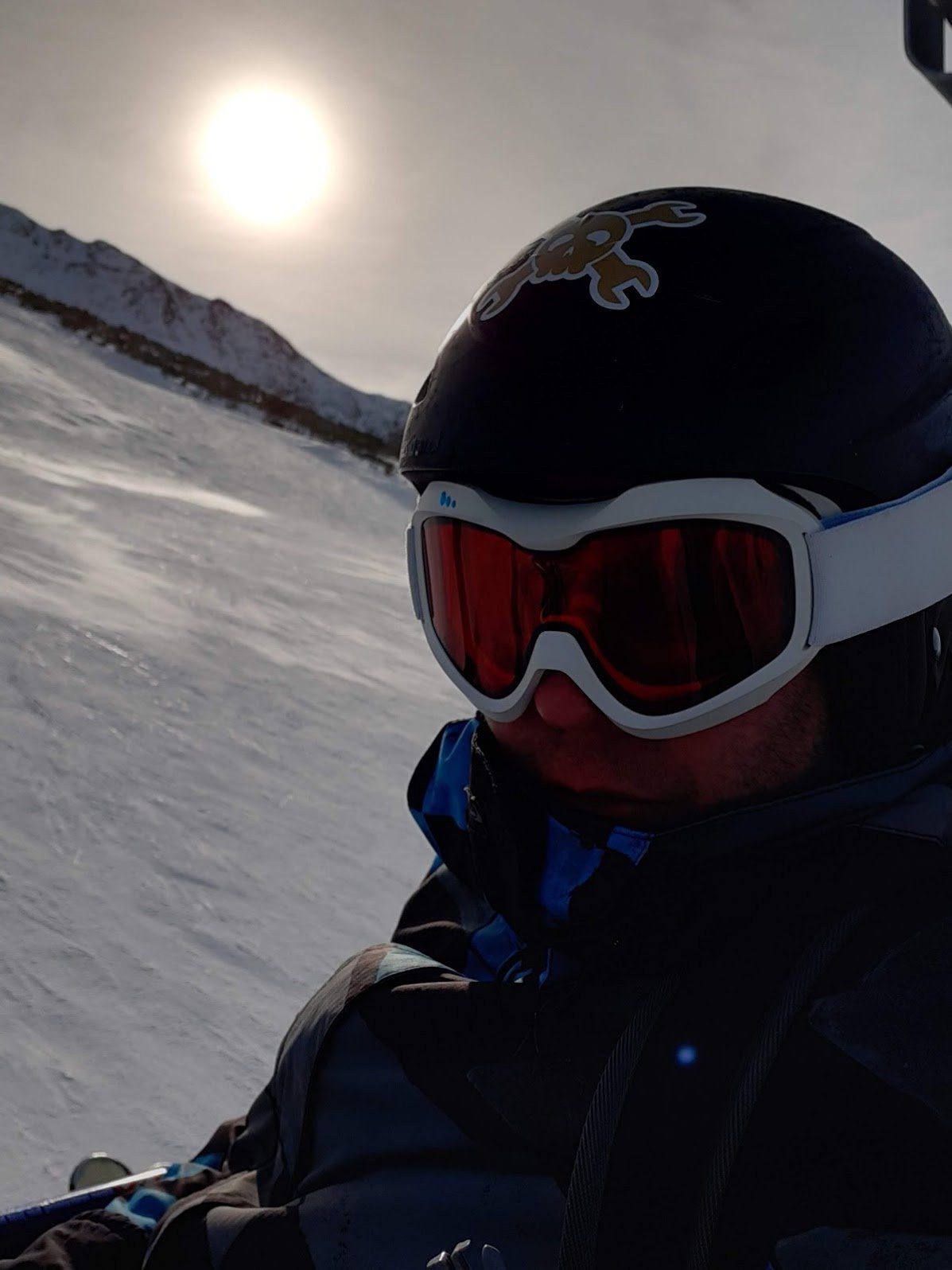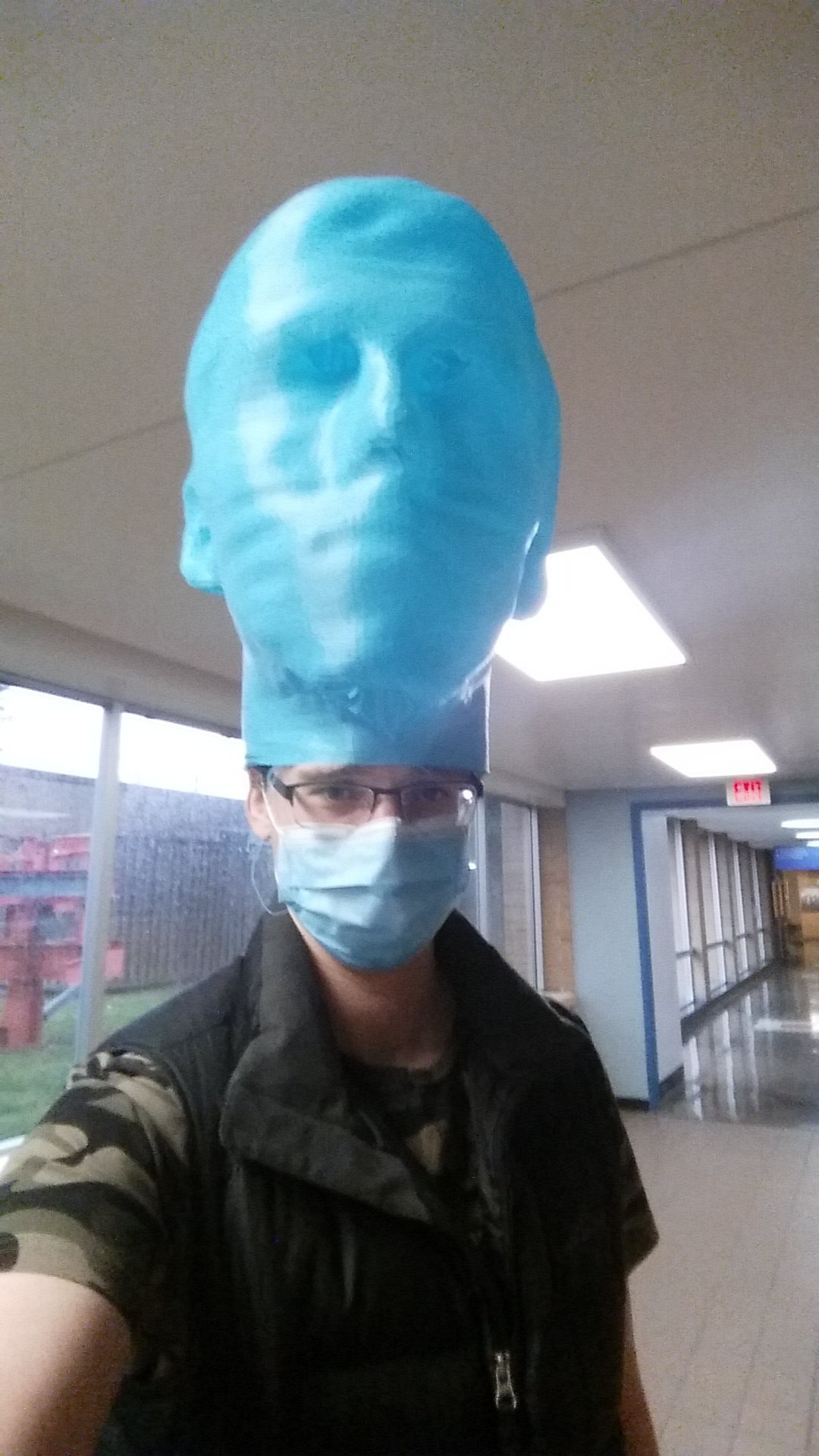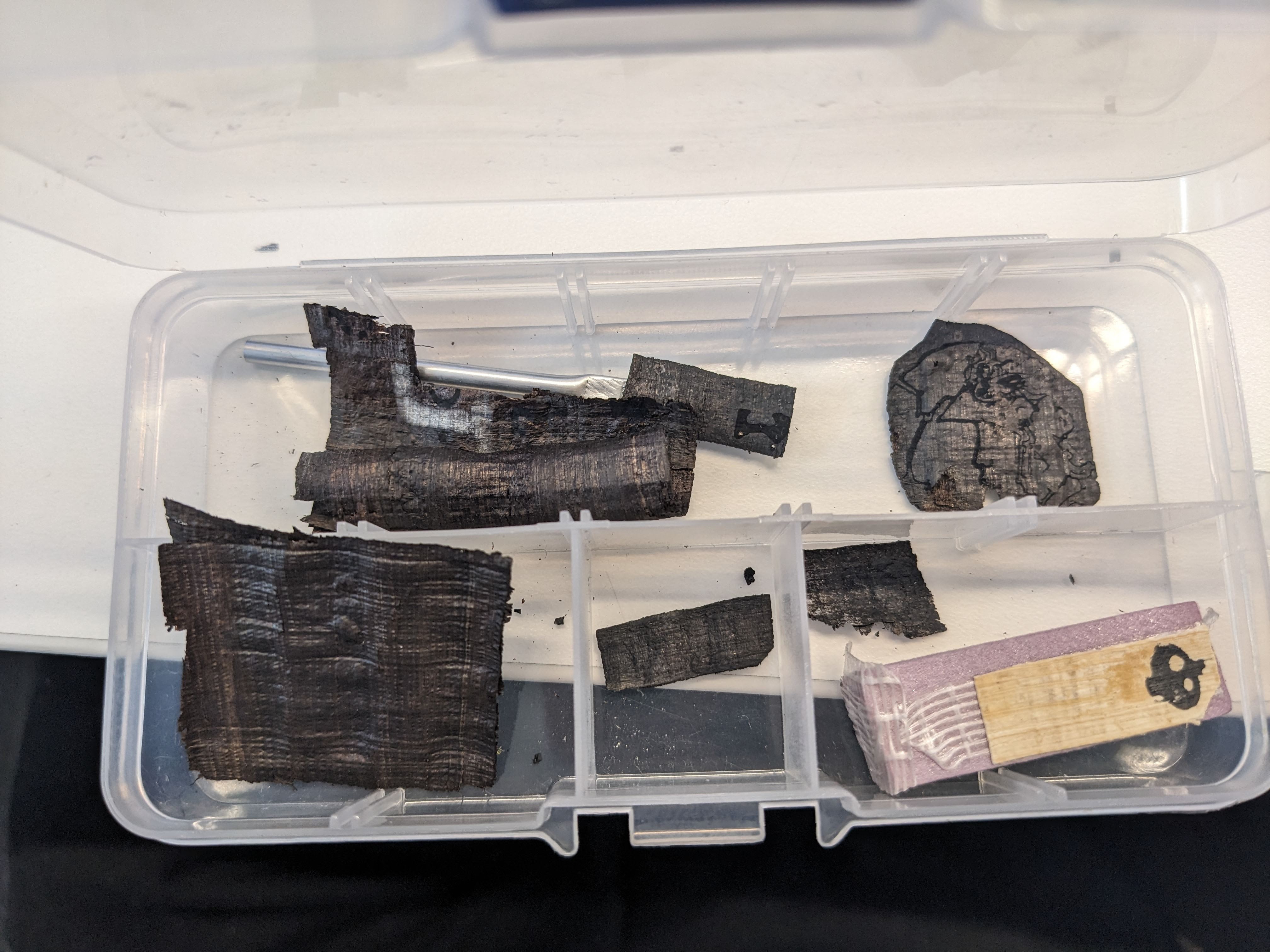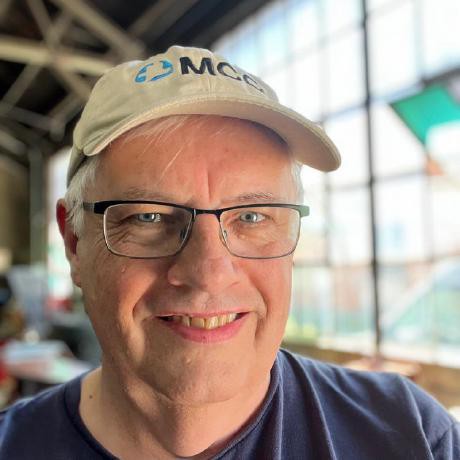Ahron Wayne will host the Hack Chat on Wednesday, January 24 at noon Pacific.
Time zones got you down? Try our handy time zone converter.
It's hard to imagine a world where we didn't figure out how to use X-rays to peer inside things. Before Röntgen's discovery that X-rays could penetrate living tissue, doctors had only limited (and often unpleasant) ways to get a look at what was going on inside the human body, and few of us would want to return to those days.
As fantastically useful as X-rays and later computed tomography (CT) became in medicine, it didn't take too long for other uses for the technology to come along. Non-clinical applications for X-ray and CT abound, including their use in non-invasively exploring relics of immense archaeological value. One recent effort in this space that gained a lot of coverage in the press was the combination of CT imaging and machine learning to read the ink inside carbonized papyrus scrolls from the ruins of Pompeii.
The result was the "Vesuvius Challenge," where different teams looked for techniques to virtually unwrap the roasted relics. Ahron's contribution to the project was a little unusual -- he bought a used desktop CT scanner, fixed it up, and started experimenting with reading ink from the carbonized remains of simulated papyrus scrolls. In other words, he made some scrolls, cooked them to beyond well-done in the oven, and tried to understand what happens to ink on papyrus that gets blasted by a volcano. If that's not enough to get you to stop by the Hack Chat when Ahron joins us, we're not sure what else would be! Suffice it to say we're pretty excited about what Ahron has to say about DIY CT, X-rays, collaborative open-source citizen science, and unwrapping the mysteries of Pompeii.











